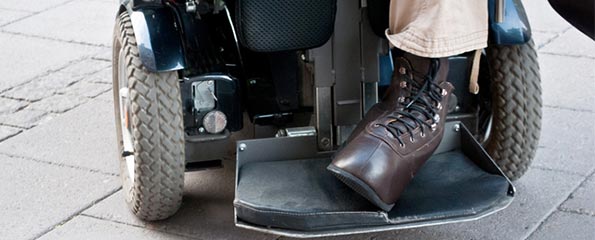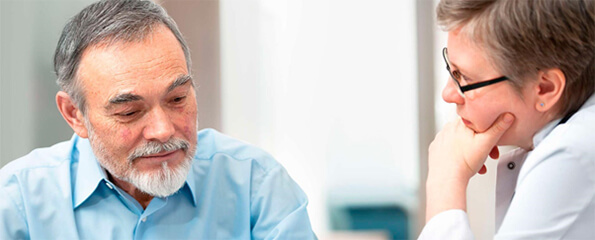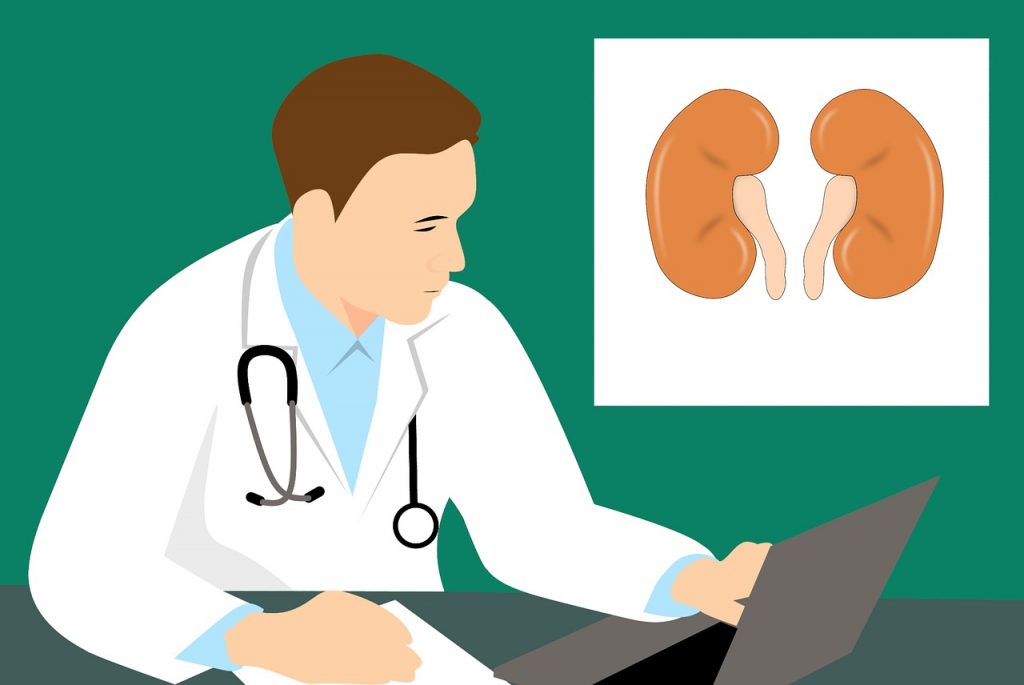Current practices of the diagnosis of urinary stones gives little information on the probable fragility of stones using shock wave lithotripsy (SWL), and many patients receive more SW’s than is necessary to break up their stones. Indeed, some patients are treated with SWL when their stones cannot be fragmented using this technology. The investigators have ample evidence that computed tomography (CT) images of kidney stones can reveal significant internal structure in stones – structure that is likely to be useful in predicting stone fragility – but no one has explored the use of clinical helical CT for this purpose. Also, the investigators do not know the effect that the human body wall and kidney tissue will have on the resolution of kidney stone structure with helical CT.
Official Title
Kidney Stone Structural Analysis by Helical Computed Tomography (A Pilot Study).
Conditions
- Nephrolithiasis
Study Type
Interventional
Study Design
Diagnostic, Non-Randomised, Open Label, Uncontrolled, Single Group Assignment.
Further Details
Helical computed tomography has become the radiologic tool of choice in the assessment and treatment of patients with urinary tract calculi (Hubert et al, 1997; Smith et al, 1999). However, the full potential of helical CT to differentiate among stone types by structure or radiodensity has yet to be realised. Most CT scans for stones are used simply to identify the existence of a stone and give some indication of its size and location. These scans are viewed using soft tissue windows, in order to look for other possible causes of the patient’s pain, such as appendicitis, gallstones, and colonic diverticulitis. However, soft tissue windows do not show structure within the kidney stone: stones appear as bright white objects in these images.
The potential for observing structure in stones (using viewing windows closer to those used to view bone) has not been assessed in clinical studies. Currently, only the average CT attenuation value of urinary tract calculi has been investigated as an indicator of stone composition (Nakada et al, 2000; Mostafavi et al, 1998; Kuwahara et al, 1984). The average CT attenuation value has been shown to be useful for distinguishing some stones (such as uric acid from calcium oxalate) but considerable overlap in CT attenuation between stone types exist.
Treatment of urinary tract calculi is influenced by many factors including stone location, size and composition. Shock wave lithotripsy (SWL) is an effective, non-invasive method that is utilised to treat the majority of renal calculi. However, while some kidney stones are easily fragmented by SWL, other stones of similar composition are SW-resistant and must be removed by an invasive method following the failed lithotripsy. In addition, SWL is not without complications with long-term risks of hypertension and renal insufficiency (Evan et al, 1998; Willis et al, 1998). Considerable variation in SWL fragility exists within each major stone composition group that is best explained by stone structural heterogeneity (Saw et al, 2000). The association of stone structure and SWL fragility is not a new concept as Dretler and Polykoff (1996), in a retrospective study of calcium oxalate stones, reported four distinct patterns of stone structure on plain abdominal radiographs. Unfortunately, SWL fragility was not directly tested with the authors relying on clinical intuition that stones that on x-ray are smooth and more radiodense (and usually higher calcium oxalate monohydrate content) tend to be harder to fragment with SWL.
Finally, the technology for clinical CT continues to advance. The latest generation of multidetector helical CT machines have considerably improved image resolution over single-detector CT technology. These quad-slice scanners have 4 contiguous, parallel rows of x-ray detectors combined with a higher gantry rotation speed which increase the speed of data collection by a factor as high as 8 over the conventional single-slice spiral CT scanners. The evolution from single-slice to multi-slice scanners does not alter image performance in terms of contrast resolution, in-plane spatial resolution and radiation dose if irradiating the same volume. However the benefits of quad-slice spiral CT compared to single-slice spiral CT are significant. The scans may be performed with thinner CT slices, which means higher spatial resolution along the longitudinal axis of the patient. The scans can also be performed much faster, which means improved temporal resolution and less motion artifacts. Thus, the ability to both predict stone composition from kidney stone CT attenuation values and delineate structural features necessary to predict stone fragility to lithotripter shock waves-if not now practical with present technology-will certainly be possible as this technology progresses.
Study Start
July 2002
Eligibility & Criteria
- Ages Eligible for Study: 18 Years and older
- Genders Eligible for Study: Both
- Accepts Healthy Volunteers: No
Inclusion Criteria:
- Male and female kidney stone patients of Methodist Urology in Indianapolis, IN requiring a computed tomography scan prior to their stone surgical treatment (extracorporeal shock wave lithotripsy [ESWL], percutaneous nephrolithotomy, ureteroscopy)
- Eligible patients must be able to suspend respiration for at least 20 seconds. The patient will be asked to perform a respiration suspension test for 20 seconds before recruitment.
Exclusion Criteria:
- Women in whom the potential for pregnancy has not been excluded are not eligible. A pregnancy test will be performed if necessary.
- Inability to give informed consent
- A previous history of abdominal malignancy
Total Enrolment
40
Contact Details
Shelly Handa, RN
317-962-0870
shanda@clarian.org
Location:
Methodist Hospital
Indianapolis, Indiana
United States, 46202
All content and media on the HealthEngine Blog is created and published online for informational purposes only. It is not intended to be a substitute for professional medical advice and should not be relied on as health or personal advice. Always seek the guidance of your doctor or other qualified health professional with any questions you may have regarding your health or a medical condition. Never disregard the advice of a medical professional, or delay in seeking it because of something you have read on this Website. If you think you may have a medical emergency, call your doctor, go to the nearest hospital emergency department, or call the emergency services immediately.







